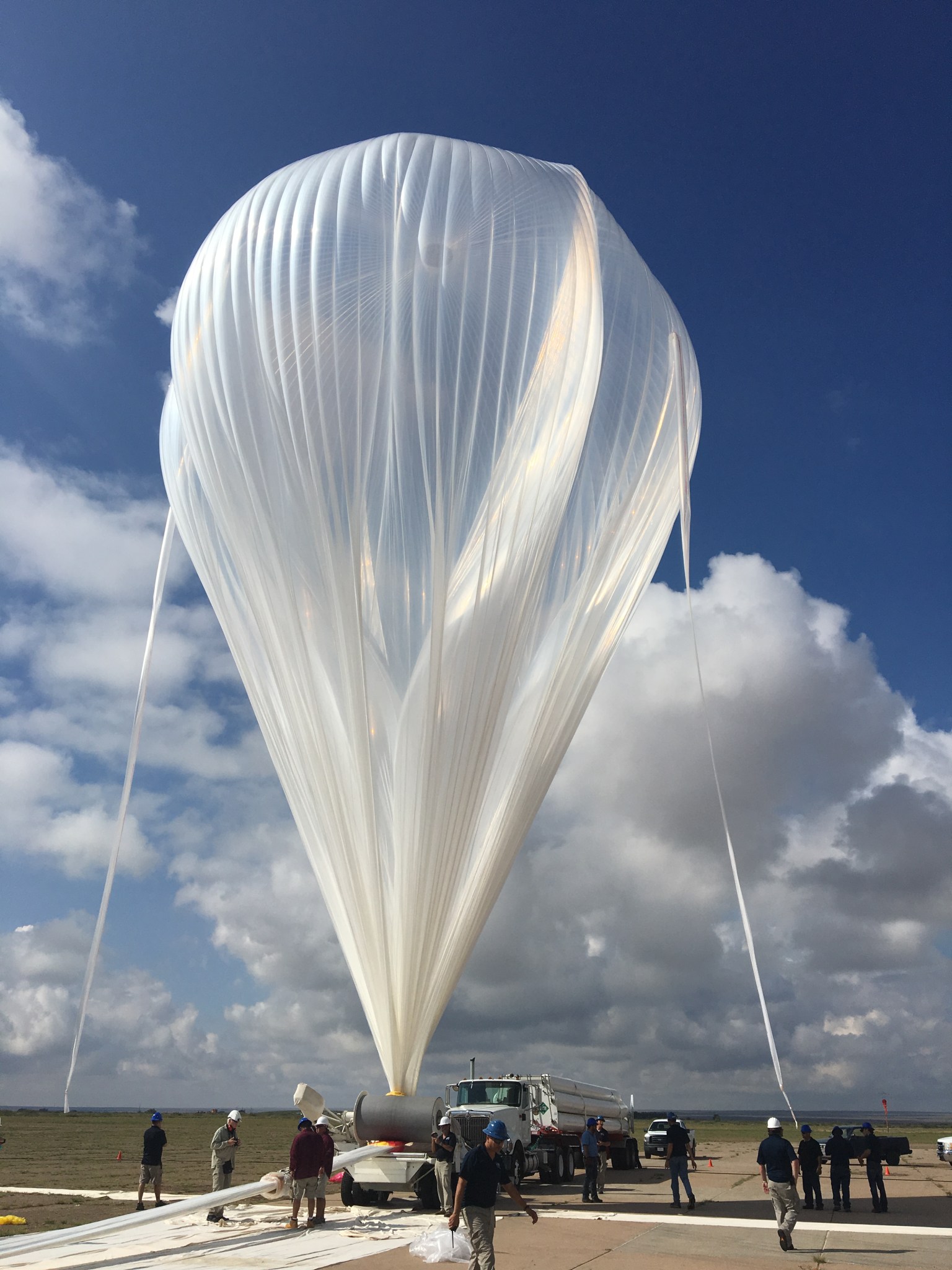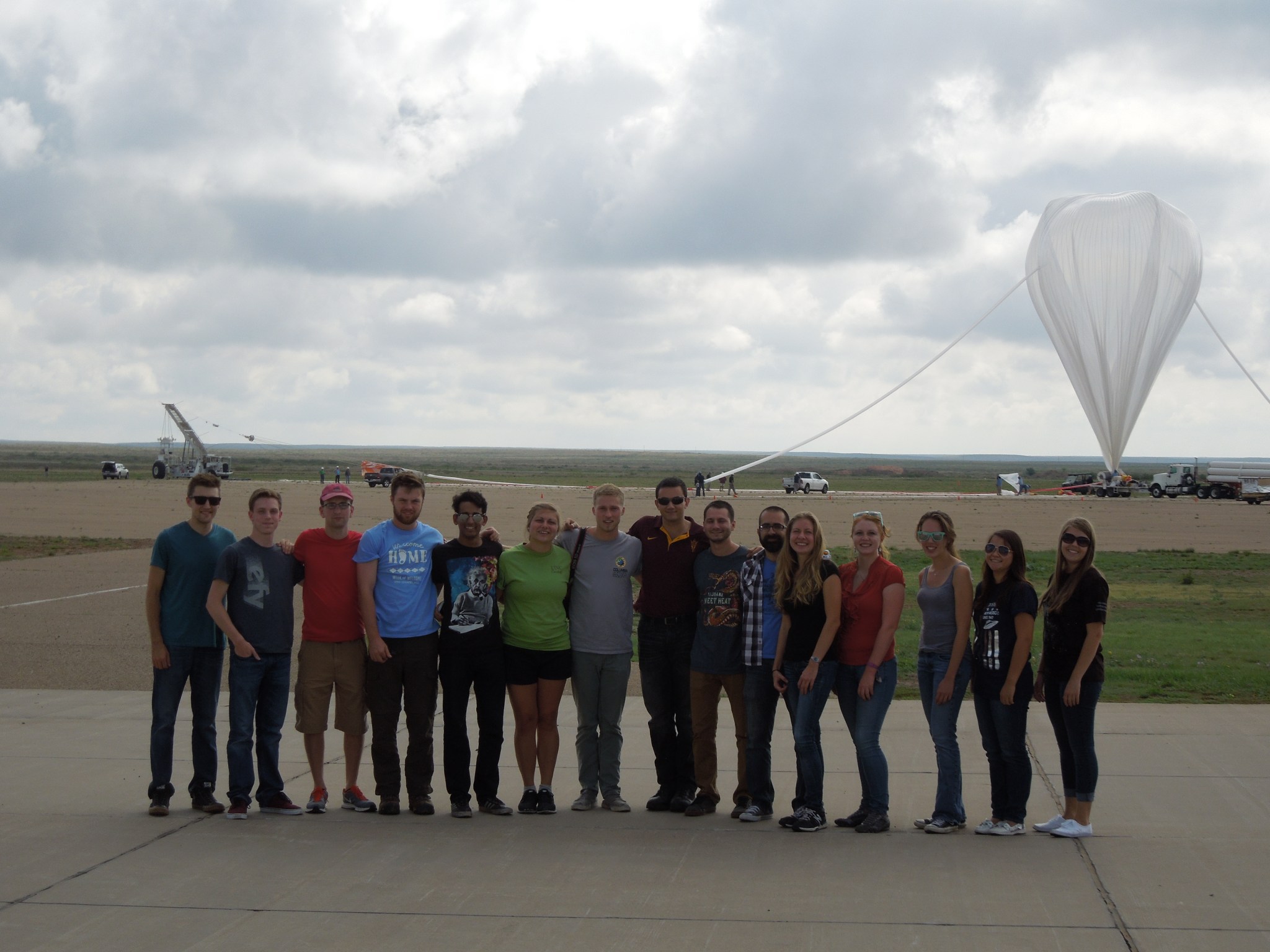NASA is accepting applications now through Dec. 16 from graduate and undergraduate university students to fly experiments to the edge of space on a scientific balloon.
Students and professors interested in applying are invited to participate in a Nov. 11 teleconference.
Up to 12 student teams will build and fly their experiments as part of the High Altitude Student Platform program, a joint project between NASA and the Louisiana State University’s Louisiana Space Consortium (LaSPACE) in Baton Rouge.
“Our scientific balloons have long been a brilliant training ground for the next generation of scientists and engineers,” said Debbie Fairbrother, NASA’s Balloon Program Office chief. “From astronauts and Noble-prize winning scientists, to engineers and technicians among the best in the business—balloons have been a starting point for so many, and I think that’s the true value of HASP.”
A panel of experts from NASA’s Wallops Flight Facility in Virginia, the Columbia Scientific Balloon Facility in Texas and LaSPACE will review the applications and select the finalists for the next flight opportunity, scheduled for fall 2017.
Since 2006, more than 960 students from 34 institutions across 19 states, Puerto Rico and Canada have developed HASP experiments. Past student groups have flown instruments that have: flight-tested compact satellites, tested prototype long-range communication devices, performed space science experimentation (solar, gamma, cosmic-ray detection), sampled particles (organic and non-organic) at the edge of space, performed remote sensing experimentation, tested various rocket nozzles, measured infrasound to correlate with geophysical events and many more.
The HASP gondola houses and provides power, mechanical support, interfacing and data downlink and command uplink communications for up to 12 student instruments. Launched from NASA’s balloon launch facility in Fort Sumner, New Mexico, flights typically achieve 10 to 20 hours of flight at an altitude of about 23 miles.
For application materials, teleconference schedule and additional HASP details, visit:
http://laspace.lsu.edu/hasp
For information about NASA’s scientific balloon program, visit:
https://www.nasa.gov/scientificballoons
For information about NASA’s education programs, visit:
https://www.nasa.gov/education
Jeremy Eggers
Wallops Flight Facility, Virginia
jeremy.l.eggers@nasa.gov































